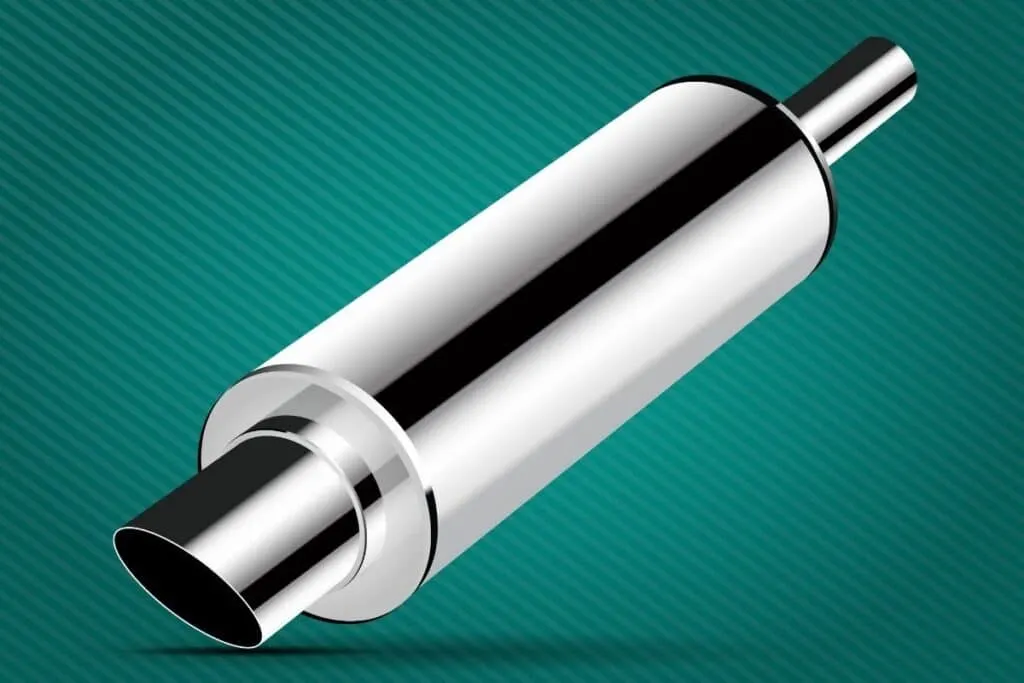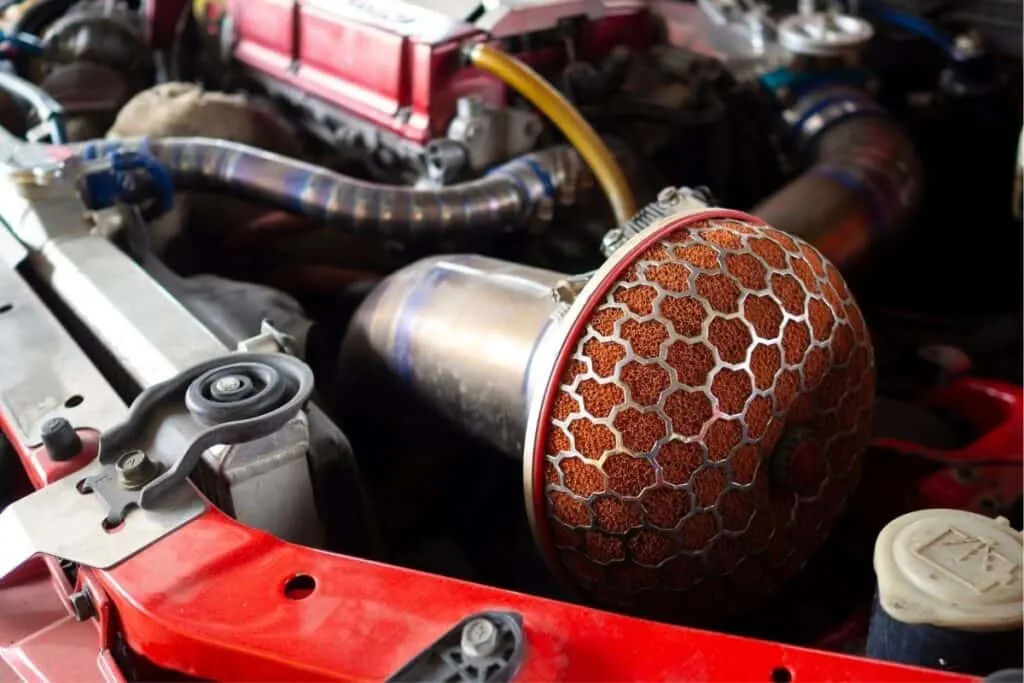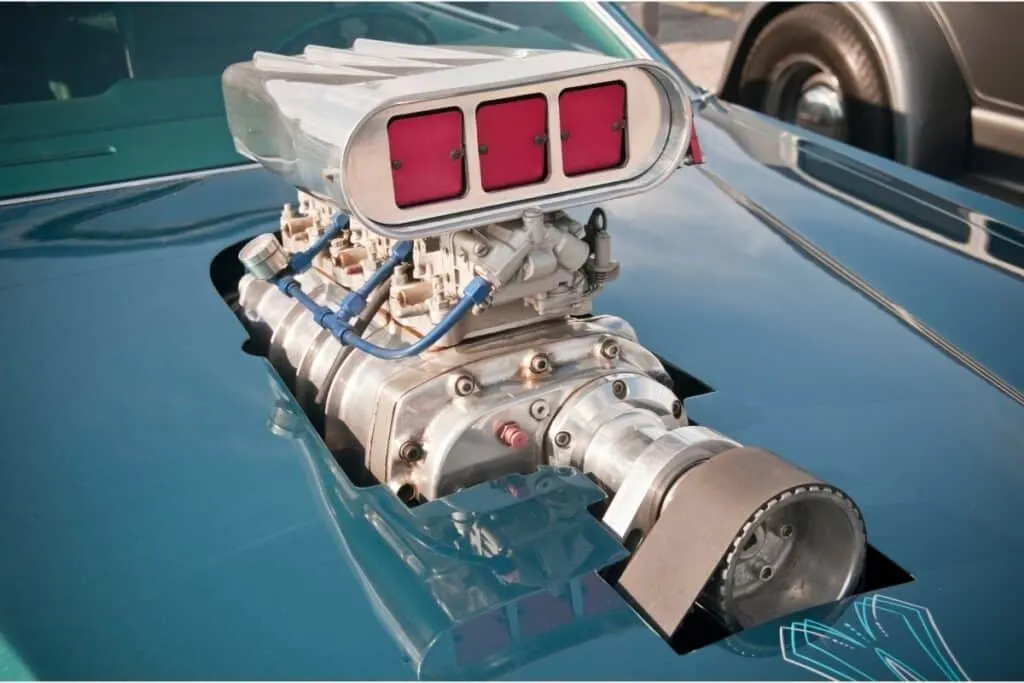Just last month, my buddy visited, and the sound from his SUV was something else. I couldn’t help admiring the roar from his machine, as we usually referred to his vehicle.
Of course, listening to him made me even eager to make my truck louder, and right now, the stones have turned. Anyway, we’re always competing, and I had to win this one. After all, loud cars are my thing.
I thought it would be a good idea to share some tips on making the sound from your exhaust louder, deeper, and better. So read on to learn how to make your car/truck/SUV louder.
How To Make Your Car, Truck, or SUV Louder
While a vast majority prefer quiet cars, a few like me want our engines loud. To achieve this, you need to tweak the few components in your exhaust system that work to silence the sound. These include resonators, mufflers, and exhaust pipes.
Below is an outline of some of the best and most affordable ways of making your car louder and why you should consider each of them:

1. Installing a Performance Muffler
A performance muffler is a device that tweaks the sound to improve its aggressiveness.
It doesn’t work to silence it as much. A regular muffler consists of numerous chambers and metal plates with one purpose—to bounce sound waves into each other, ultimately canceling out.
A performance muffler features reduced platings, which makes it even hollower. That way, sound waves can leave the car with much less silencing. Subsequently, your truck will produce a louder sound.
This hollowness also makes it easy for exhaust gases to exit the car. This improves the car’s horsepower and overall performance, though to a lesser extent.
Performance Mufflers are the Safest Option
If you want to make your SUV louder, there’s no safer way than introducing a performance muffler. The device is highly effective in improving the sound, with no adverse effects.
You get the following benefits with a performance muffler:
- Louder and deeper truck sound
- Long warranty, usually more than five years
- Rusting is not a problem because it’s made of stainless steel.
Just remember the purpose of a performance muffler is to help make your engine sound louder, not improve your car’s performance.
Also, ensure it’s legal to install one in your state. It may get deafening and land you in trouble with authorities.
Shopping For a Performance Muffler
When shopping for a performance muffler, simply look for a performance muffler that improves your car sound. It’s that straightforward.
Nevertheless, consider whether you want one with a quiet, cool sound, extremely loud, or one that produces a tractor-like sound. Believe it or not, these are all available, and it’s up to you.
The costs vary from one car model to another. However, a quality device from a reputable manufacturer should cost you about $80.

2. Introducing Cold Air Intake
The cold air intake is an interesting way of improving your truck sound.
It works on the principle that when your car sucks in cold air, its performance is enhanced. Cold air comes with increased oxygen and is denser, making combustion more powerful.
Interestingly, cold air intake leads to improved airflow, which in turn improves your car sound. It may not have that much effect, but you can be sure the sound will improve. It produces a magnificent sound.
Cold Air Intake Produces a Unique Sound
A slight improvement in your SUV sound is what you get from the cold air intake. However, you’ll enjoy a unique sound that no other device will produce.
Some of its advantages include:
- It produces a unique car sound upon acceleration
- It gives your engine a lucrative look
- It results in additional horsepower.
Just ensure you get a quality cold air intake for louder sound. It may be expensive compared to other ways of improving sound, but way cheaper than turbos and exhausts, among other performance mods.
3. Removing the Muffler
Getting the muffler off may be a strategy that has been there for a while, but it’s still effective in making your car sound louder!
It involves cutting off this device completely from your car exhaust tubing and replacing it with a pipe. Usually, you weld the pipe to your exhaust.
After removing the muffler, the result is your car sounds louder and more aggressive.
However, it’s not in all states it’s legal to delete your muffler. For example, in California, you’re required to have a device that suppresses extremely loud sounds in your vehicle.
Luckily, most cars feature both a resonator and muffler. Therefore, removing the muffler will have no legal implications technically.
To be on the safe side, ensure your car has both devices so that eliminating the muffler leaves you with the resonator to control sound.
Muffler Removal Is a Cheap Option
On top of the significant improvement on your car sound after cutting off the muffler, you can DIY. However, it’ll cost you a few dollars to buy a pipe to weld in and fill the space left by the muffler.
Generally, muffler delete is one of the ways you can make your truck louder while operating at a low budget.
4. Installing a Resonator Exhaust Tip
A resonator exhaust tip operates opposite of how a performance muffler works. As indicated earlier, a muffler makes sound waves bounce against each other and cancel out.
When you install a resonator exhaust tip, the sound waves vibrate, and the sound gets louder as they bounce against each other.
The installation process of a resonator exhaust tip is pretty straightforward, requiring you to hook or clip it at the tail end of your exhaust pipe.
A Resonator Exhaust Tip Gives Your Car a Better Appearance
A resonator exhaust tip is a pocket-friendly option to make your car louder.
With this device, you enjoy the following benefits:
- It’s legal in all states
- Highly affordable. It only costs around $30.
- It gives your car a lucrative appearance. The device is visible on the outside, and everybody will keep admiring your truck.
- Easy installation. You only need to clip it on your exhaust tail.
Most people, especially Subaru owners, have resonator exhaust tips. The sound is not too loud, but it sounds better—more aggressive and deep.
At such a low price, this is no doubt a good deal for your car. From the many brands available, you only need to ensure you buy the right size for your car and enjoy the loud sound from your exhaust.
5. Drilling Holes in the Exhaust
I came to learn that this was the technique my buddy had used to make his SUV super loud. It’s a pretty effective method.
But, how do you do it?
Well, the idea is to make several holes in the exhaust pipe near the muffler. The effect is, some sound waves will leave your car before the muffler can silence them. As a result, the sound will get louder, but not too loud.
Of course, not all waves will exit before they hit the muffler, meaning there will still be some silencing.
It’s important to note that this method requires you to watch where you do the drilling.
How to Approach the Drilling
The position of the holes, as I mentioned earlier, should be just before the muffler.
In addition, you need to be careful so that the holes don’t come before the catalytic convertor. Otherwise, if they do, your car may end up polluting the environment with toxic gases from engine combustion.
Another thing, ensure you drill the holes past the O2 sensor. Doing so will prevent the sensor from misreading, leading to fuel wastage.
Also, while drilling, follow these steps:
- Using a drill and drill bit (3/8 inch), drill 3 to 6 holes in your exhaust pipe just before reaching the muffler.
- Ensure this is past the O2 sensor and catalytic converter to avoid other mishaps due to the drilling.
Although drilling holes is an easy and direct way of making your car louder, I would say it has one disadvantage. These holes can accelerate rusting, ultimately damaging your exhaust pipe.
That said, if you have no cash but still want your truck to sound louder, this method will cost you absolutely nothing. And the impact is immediate.
6. Replacing the Cat-Back System With an Improved One
A cat-back system in the exhaust pipe starts from the catalytic converter to the tail end of the pipe. By changing the cat-back system, you can increase the sound your car exhaust produces.
The new system should be a free-flowing one. The back pressure reduces since the new system has a larger diameter and therefore lesser restrictions. As a result, the sound increases, producing even more noise.
You Cough Out More
Replacing the cat-back system as a way of making your SUV louder will cost you a significant amount of cash. The parts can be expensive, especially if it’s the first time you’re doing it.
Additionally, you cannot do it yourself, meaning you’ll have to pay a mechanic to do it for you.
Remember, most states have laws against modifying the cat-back system to control emissions. Therefore, ensure you don’t break the law while improving the sound from your car exhaust.
Replacing the cat-back system makes the sound super loud. Though it increases your truckload, it’s a great option if you can afford it.

7. Forced Induction
A forced induction system also makes your car louder. However, you must be ready to dig deeper into your pockets.
If you love a whining sound, you can go for superchargers. How you set the system up will determine how much sound your car produces.
Alternatively, you can buy a turbocharger for your truck, which is another expensive option. But note that not all vehicles are compatible with turbochargers, so check if yours is before settling for this option.
In addition to making your SUV sound loud, a turbocharger also increases the performance.
If your car can accommodate a turbocharger or any other forced induction system, then you can go for it. Otherwise, if it’s not possible to have one, then consider other options.
8. Install Headers
Replacing the restrictive exhaust manifold in your car with a set of headers can do wonders.
This kind of modification accelerates your exhaust’s flow. Additionally, the headers eliminate noise insulation, resulting in a louder and more aggressive sound.
Headers feature tubes or collectors with larger diameters, which also contributes to making the sound louder.
You can either choose to install the long-tube header or the short-tube ones.
I would recommend the long-tube headers because they result in more power gains, although the installation process is a bit harder and tends to cost more than short-tube headers.
That said, short-tube headers are not that bad. The objective here is to make your SUV sound louder, which they achieve pretty well, not to mention the performance gains they bring to your car.
If you go for this option, it’ll save you a few dollars.
9. Unclog the Exhaust Pipe
Sometimes, your exhaust tubing may not produce sound as you would like or like it was doing earlier. In such a case, check to ensure there are no clogs in the piping.
If you observe some clogs, act accordingly by unclogging the tube. You never know; it may improve the sound coming from your exhaust system.
Most people downplay the effect that cleaning the exhaust tubing can have on their truck sound. But I can assure you it’s efficient and should take you only a few minutes to get the job done.
Before considering any other option on my list on how to make your car/truck/SUV louder, it may be wise to try this and see its impact on your car sound. It’s the easiest and the cheapest.
10. Install a Larger Engine
If you are looking for that brand-new exhaust system sound—you know the one, a loud, throaty roar as you go speeding down the road—the most profound change would be a new engine.
Your vehicle may sound just too quiet as it stands, and that’s likely because your engine simply isn’t large enough to make the roar you’re after.
A bigger engine will give you not just more sound but more power, too. You’ll likely be able to go faster, ride smoother, and be louder overall.
However, before you go spending thousands, make sure that whatever engine you’re looking at is compatible with your vehicle. Not all of your parts may be able to handle a larger engine, after all!
